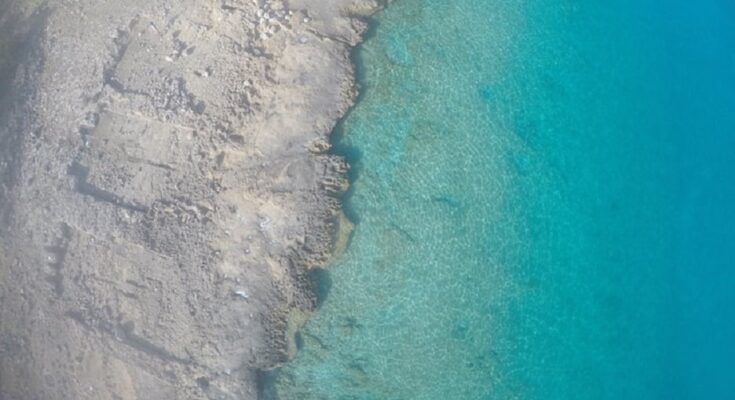A massive ancient shipyard used by Persia to build its formidable fleet against Greece has been discovered in southern Turkey.
According to Daily Sabah the shipyard, believed to be the world’s largest and oldest dating from the Bronze Age, was initially discovered in 2015. Since then the site has revealed new findings of 294 slipways.
Associate Professor Hakan Öniz, the leading archaeologist of the excavations off the coast of Dana Island, said that the shipyard could build 300 ships simultaneously, and he also pointed to new findings indicating that smaller boats and dinghies were constructed behind where the larger ships were produced.
Underwater Archaeologists discovered World’s Largest and Oldest ancient shipyard on Dana Island, Türkiye pic.twitter.com/7XYTcBV7sR
— Arkeonews (@ArkeoNews) October 31, 2023
He explained that the ramps were easily accessible from the sea and were used for either constructing new ships or for the maintenance of ships.
“Having 294 ship ramps means being able to build 294 ships simultaneously, and we know that in ancient times, it took about six months to build a ship.
Ancient shipyard able to build up to 600 warships per year
“So, in this context, the construction of 500-600 warships within a year was significant enough to change all balances in the Mediterranean,” he added according to Daily Sabah.
“For instance, in the fifth century BC, the Battle of Salamis took place… These battles, involving the Persian navy against the Athenian or Greek navies, occurred off the coast of Athens near Piraeus. We know that the Persians were a land-based society. In this context, the Cilicians were a society of seafarers because they had no other choice.”
Cilicia was a geographical region in southern Anatolia, extending inland from the northeastern coasts of the Mediterranean Sea. Under the Persian empire, Cilicia was said to be governed by tributary native kings who bore a Hellenized name or the title of “Syennesis”, and it was officially included in the fourth satrapy by Darius, who ruled the Persian empire at its territorial peak.
“The Cilicians mobilized the Persians in the fifth century BC, and most of the Persian ships were built along the Cilician coast,” Öniz is quoted as saying by Daily Sabah.
“We believe that the shipyard where we have documented 300 ships in Cilicia today is the same shipyard where a large part of the Persian ships were built. Furthermore, we believe that the ships of Antony and Cleopatra were also built in this region,” the professor noted.
He also said the famous General Antigonus’s shipyard was in this area during the Hellenistic period and that many ships built on Dana Island were used in naval battles during this period. He further explained that famous Cilician pirates also held a strong influence in the area.
“In the first century BC, approximately 1,000 ships of Cilician pirates raided 500 settlements in Greece, and they even challenged the Roman Empire for a period. We can say that the majority of the ships of these Cilician pirates were built on Dana Island. We have archaeological evidence for this.”
From the Late Bronze Age onward, archaeological evidence shows that Dana Island was used as a shipyard. In this context, Dana Island demonstrates that it is the world’s largest and oldest untouched, pristine shipyard, Öniz said.



